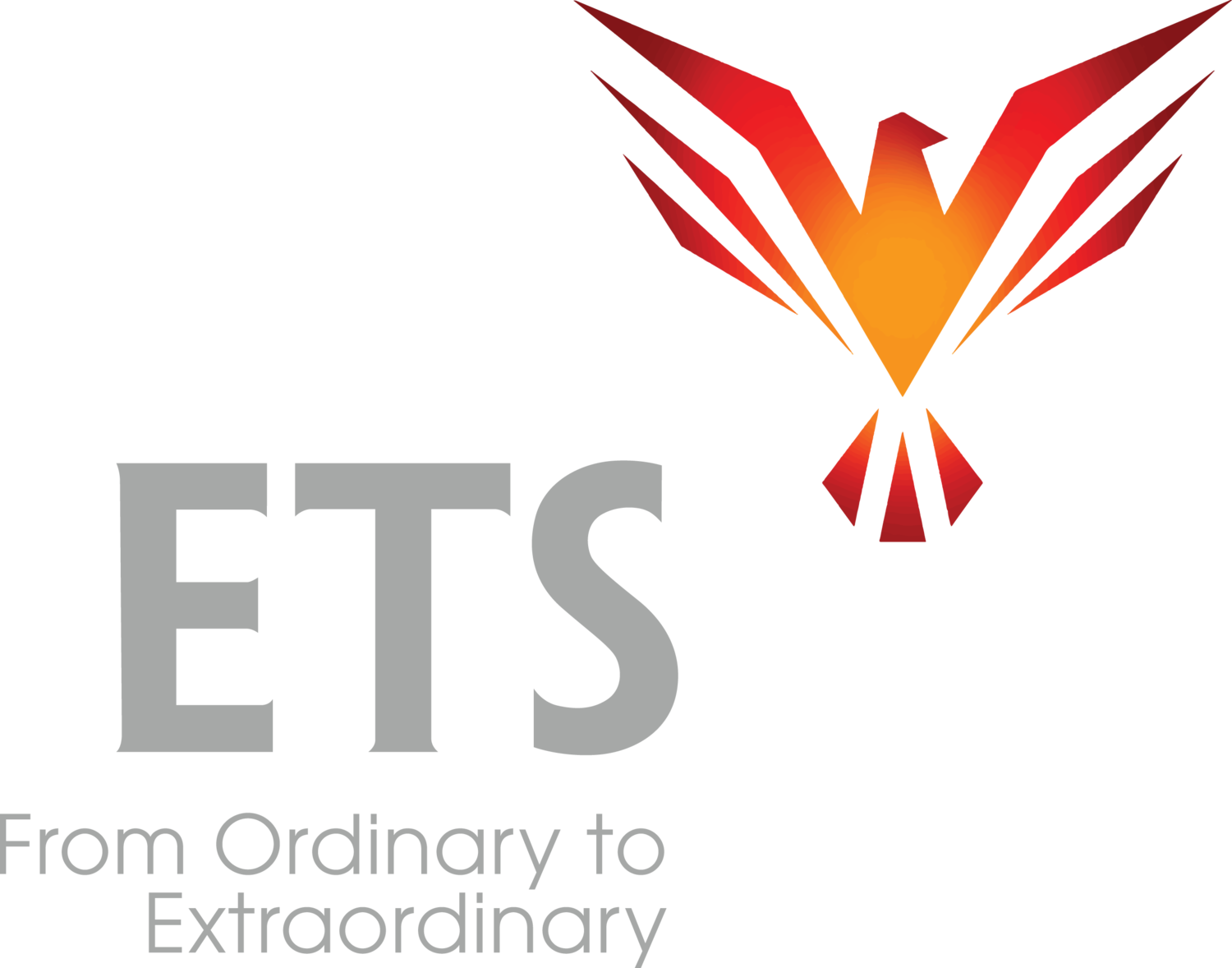Paula was a young “Early in Career” engineer, her first job out of college. She was excited to land in a successful corporation filled with 80,000 employees. As a new member, Paula was at the very bottom of the towering command chain.
While her position was small, her vision and her dreams were big. More than anything, Paula wanted to do good in the world around her.
She came to Causative Communication to learn how to communicate effectively with the whole world where everything was new to her. She was young and wide-eyed and innocent, no accumulated failures pulled back her confidence. She was driven by her dreams, not by her fears.
Paula knew she had no command power over anyone, but she could already see that communication is a powerful force, and had concluded by watching others that the ability to communicate is the most powerful ability she could have when it came to working with a whole lot of people.
She was part of a small team that was part of a larger team that was part of an even larger team. Paula often attended meetings with 40 others from her division. Everyone had seniority and experience over her.
With the communication skills she developed in the workshop under her belt, Paula spoke up with confidence in these larger meetings. She voiced her thoughts, she acknowledged others, she participated. She didn’t try to control the meeting. She just wanted to be a part of it.
